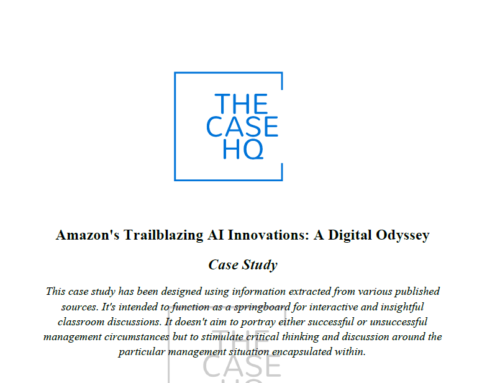Description
The Burberry Fashion Company, established in 2005, has evolved from focusing purely on fashionable clothing to embracing a sustainable economic model in response to growing environmental and social concerns. This case study examines Burberry’s efforts to create a sustainable supply chain, highlighting its commitment to ethical labor practices, sustainable material sourcing, waste reduction, and transparency. The study also explores the contextual factors driving these changes and the challenges faced by the company.
Lessons Learned
- Integration of Sustainability in Business Strategy: Successful sustainability initiatives require embedding ethical and environmental considerations into the core business strategy, rather than treating them as peripheral concerns.
- Importance of Transparency and Accountability: Building trust with consumers and stakeholders necessitates a transparent and accountable supply chain that can provide verifiable information on sourcing and manufacturing practices.
- Collaboration and Continuous Improvement: Sustainable transformation is an ongoing process that benefits significantly from collaboration with industry partners, NGOs, and other stakeholders, as well as a commitment to continuous improvement and innovation.
INDUSTRY CONTEXT
The fashion industry is notorious for its significant environmental footprint and unethical labor practices. The rise of fast fashion has exacerbated issues like waste generation, resource depletion, and exploitative labor conditions. In recent years, increased consumer awareness, stricter regulations, and technological innovations have pushed fashion companies to adopt more sustainable practices. Industry collaborations and initiatives are also playing a crucial role in driving the shift towards sustainability.






